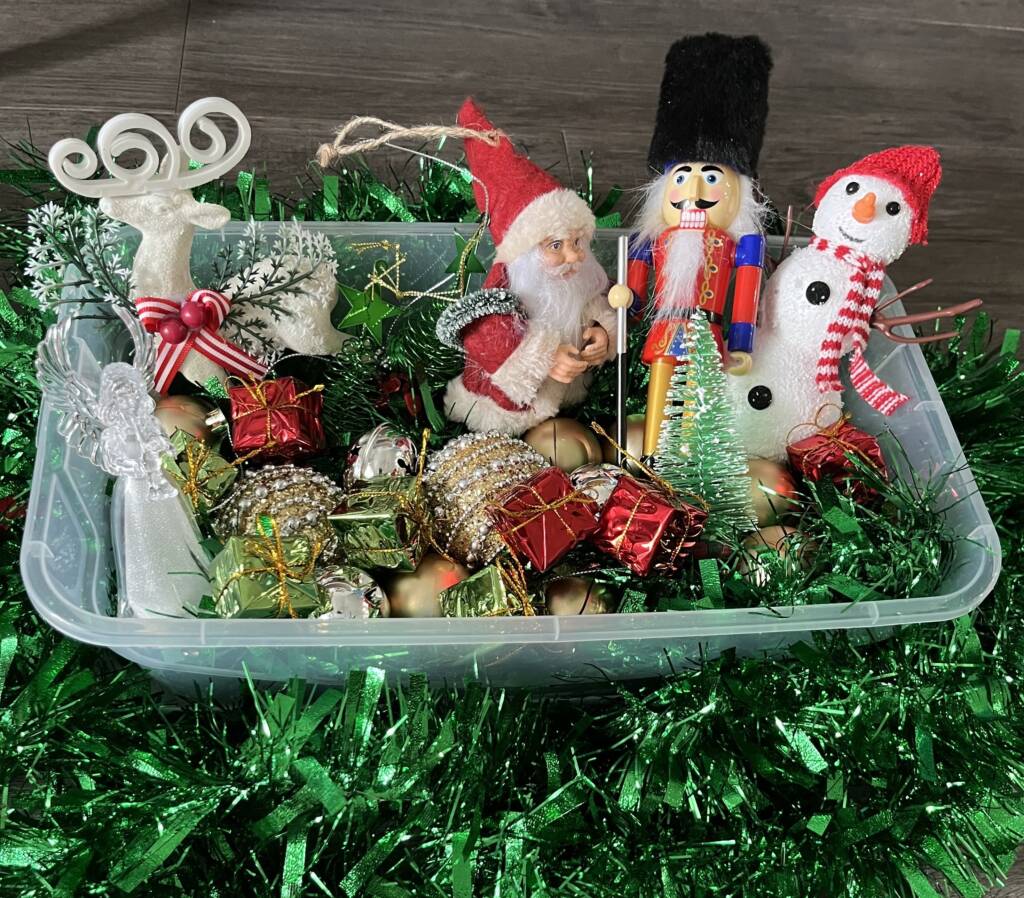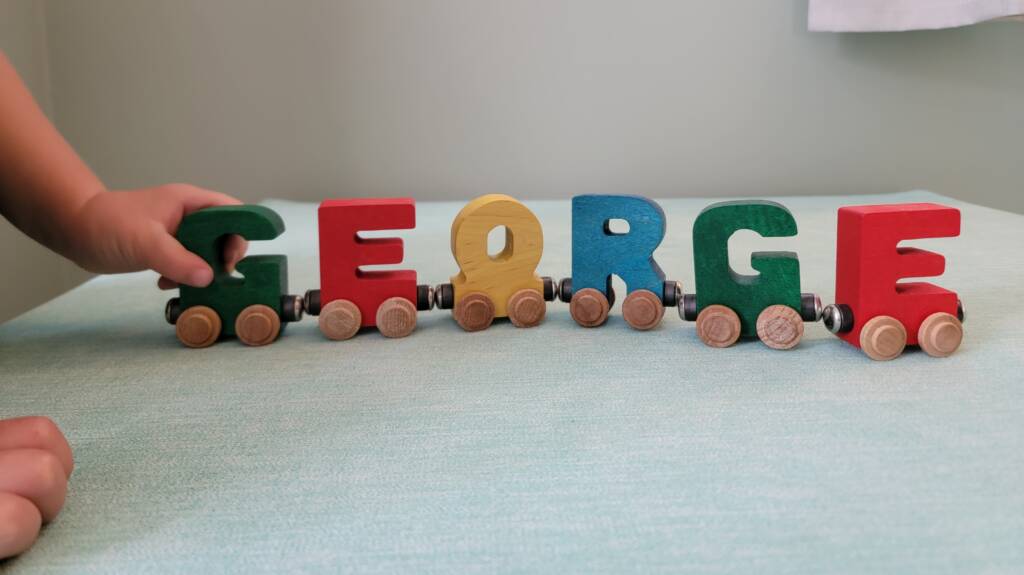Some children rely on others to help with activities of daily living, due to motor limitations. Nonetheless, we can help build understanding and anticipation which will allow the child to mentally prepare for having their personal space entered to facilitate activities of daily living. By creating a predictable routine and being consistent with it, we allow structure and anticipation to fill in some of the gaps that are left by a lack of access to visual input.
The steps below can be used as a guideline to cue the child to explore items with each of the senses.
-
Verbally tell the child of the upcoming activity. (Sign language can also be used.)
-
Get child’s attention. For example, “Lucca, we’re going outside. Lucca, time for shoes.”
-
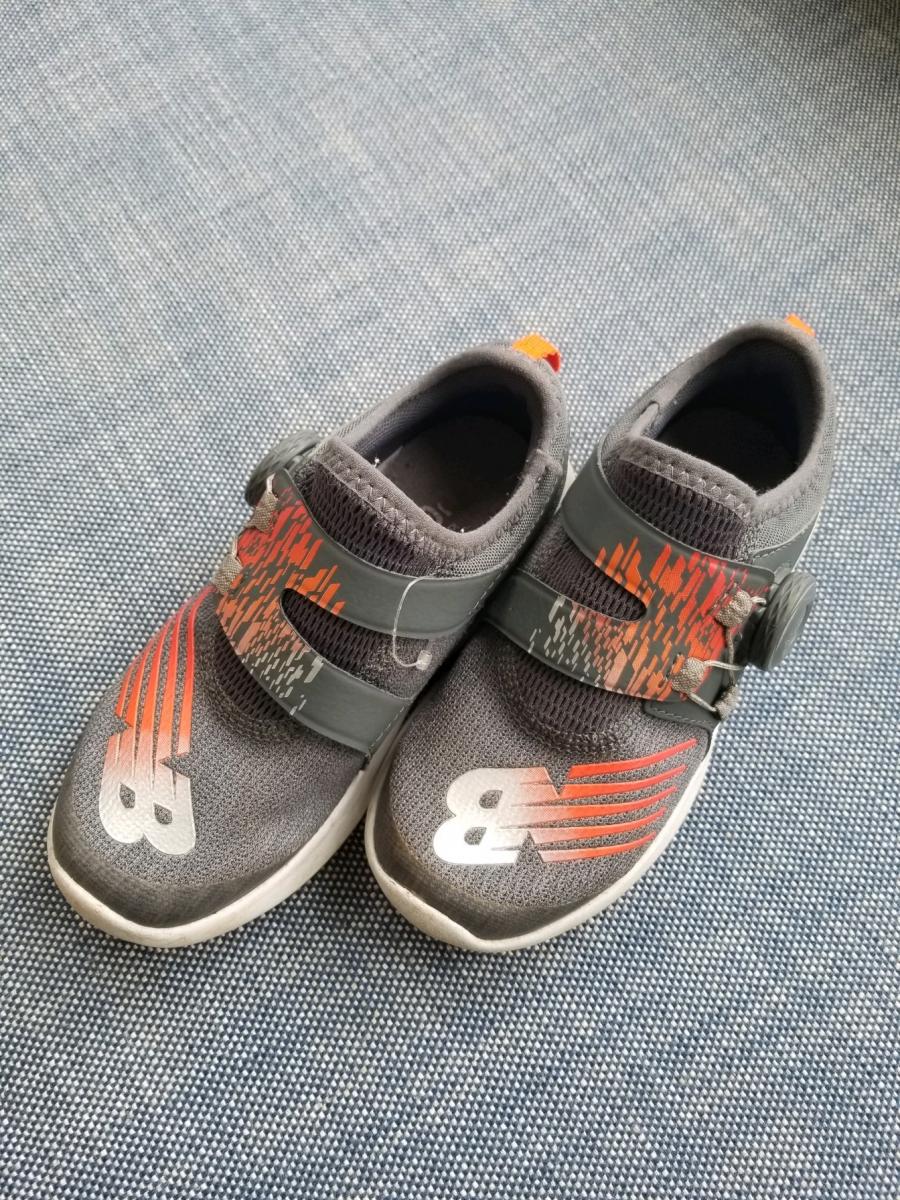
-
Allow child to explore each object and then hold the object(s).
-
Help your child explore with each sense individually.
-
Visual — Cue: “Let’s look.” If the child has usable vision, give the best chance of seeing the object.
-
Position the object against a contrasting solid background—such as black.
-
Give quiet time to look.
-
Direct attention to the salient features of the object(s).
-
-
Tactile — Cue: “Let’s feel.” This may take some facilitation. If the student has little purposeful movement of hands, an adult or caregiver may need to help with facilitating the movement of the objects through (or below) open hands. After some initial quiet exploration, the caregiver may direct attention to specific features.

-
Auditory or olfactory — Cue: “Let’s listen.” or “Let’s smell.”
- If the object has a sound or a smell, give time for exploration with each individual sense without the complication of others.
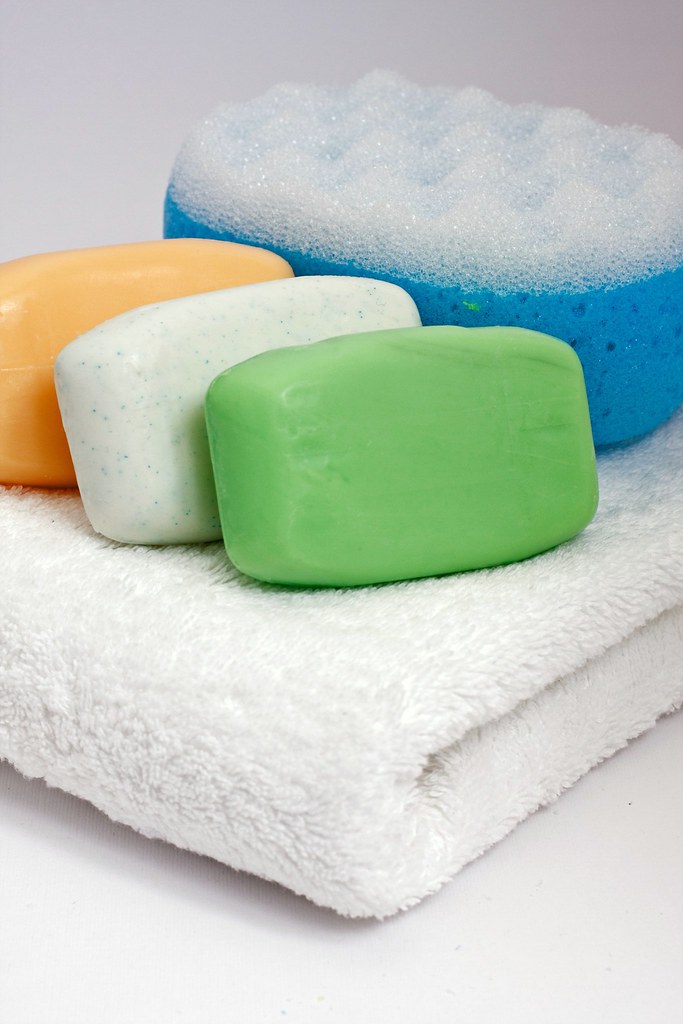
-
Give quiet wait time. Plan for extended exploration time with objects initially. After the exploration is finished, try to have the child be in contact with the object or objects—maybe on the lap or on the tray as appropriate.
-
Verbally tell the child which foot you will start with. After telling verbally, reach out and gently touch the foot with a purposeful, identifying tap—such as a double tap—which you will replicate and use consistently while you are giving tactile cues.
- After giving a quiet 5 seconds for the child to process, gently reach for the shoe “Shoe, please” and the foot “Right Foot” (purposeful tap) and put the shoe on the foot.
- Repeat steps 3 & 4 with the other shoe (“Left Foot”) or whatever the item is in the activity or routine.
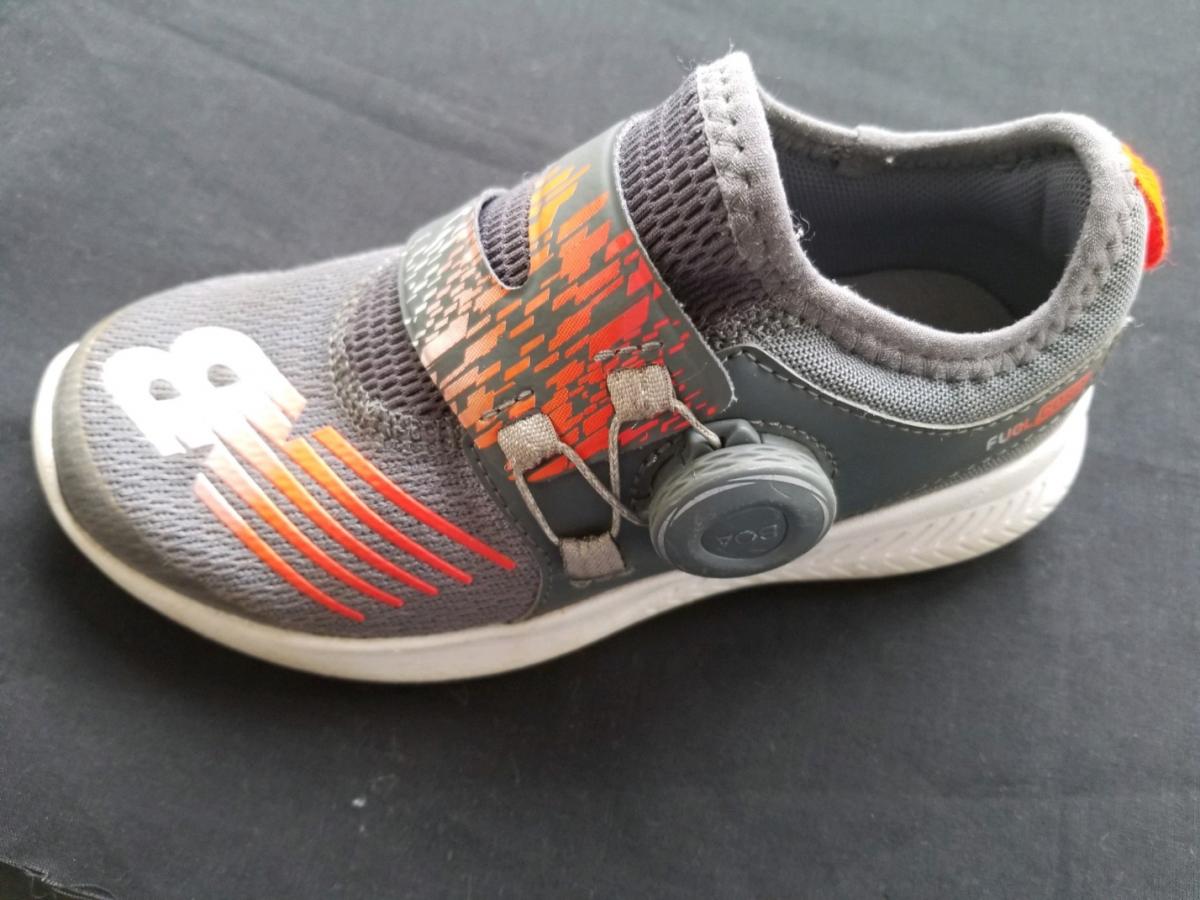
Make a routine. Use it consistently. As learners, our brains seek out patterns. Create a simple pattern and help the child to anticipate events in her/his life. The child may not be able to physically initiate a certain activity. Allowing her/him to anticipate the activity promotes dignity for the child. It fosters trust between the adult and the child. By creating and utilizing routines consistently, the adult can put into place a predictable etiquette around entering the child’s personal space.
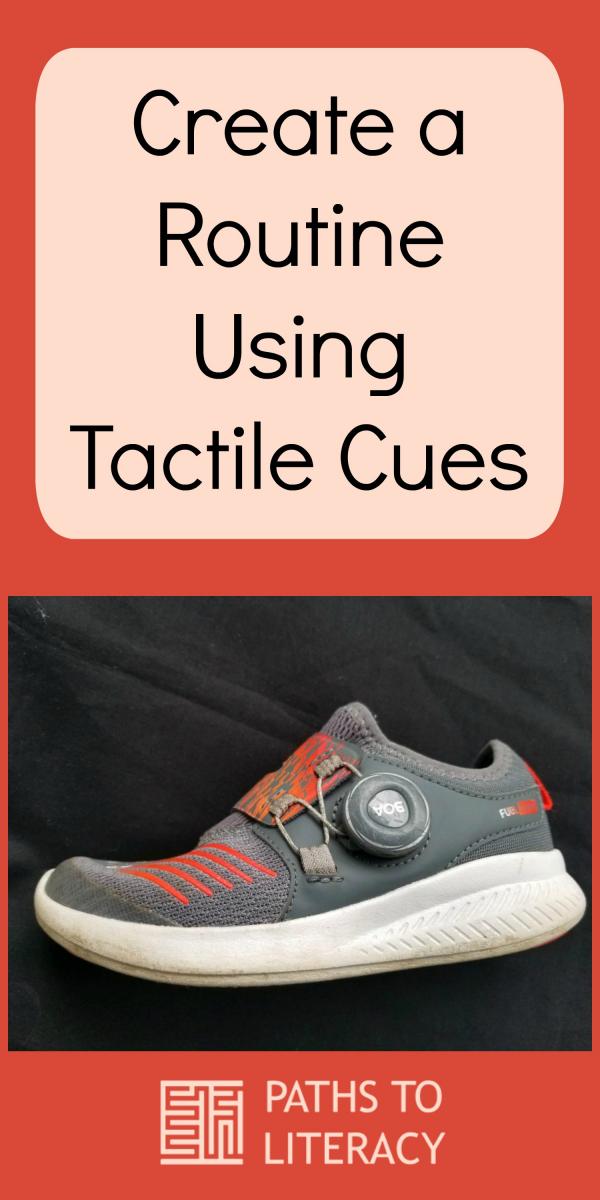
Photo credit: “Colorful bars of soap on white towel” by Horia Varlan is licensed under CC BY 2.0.



